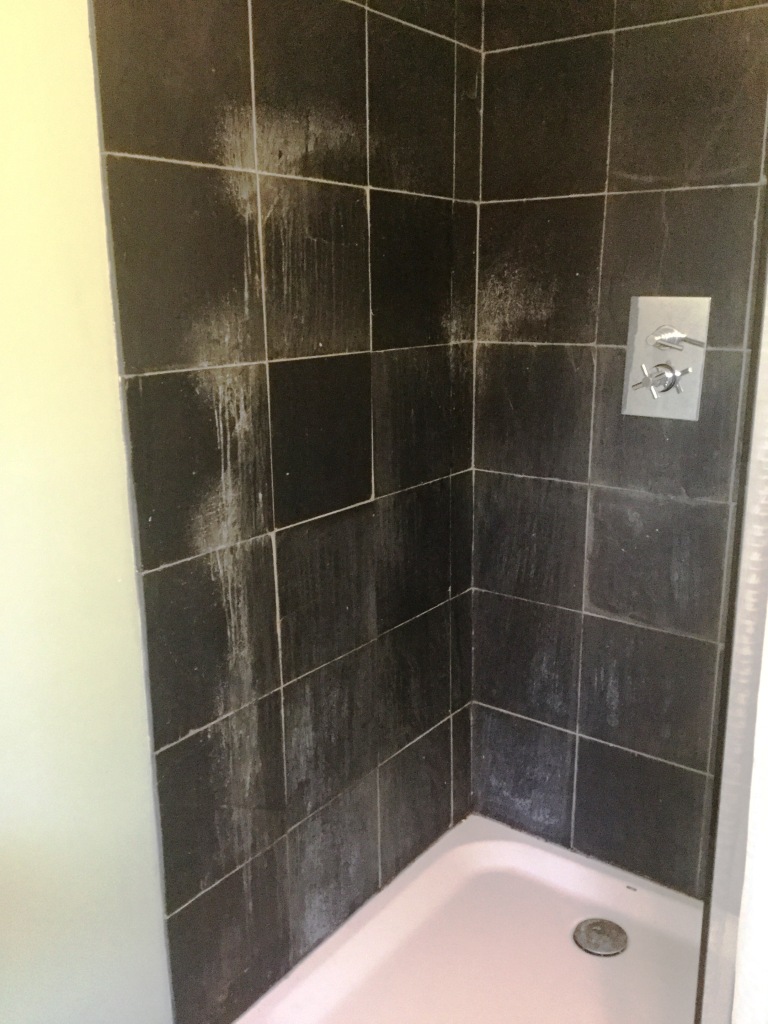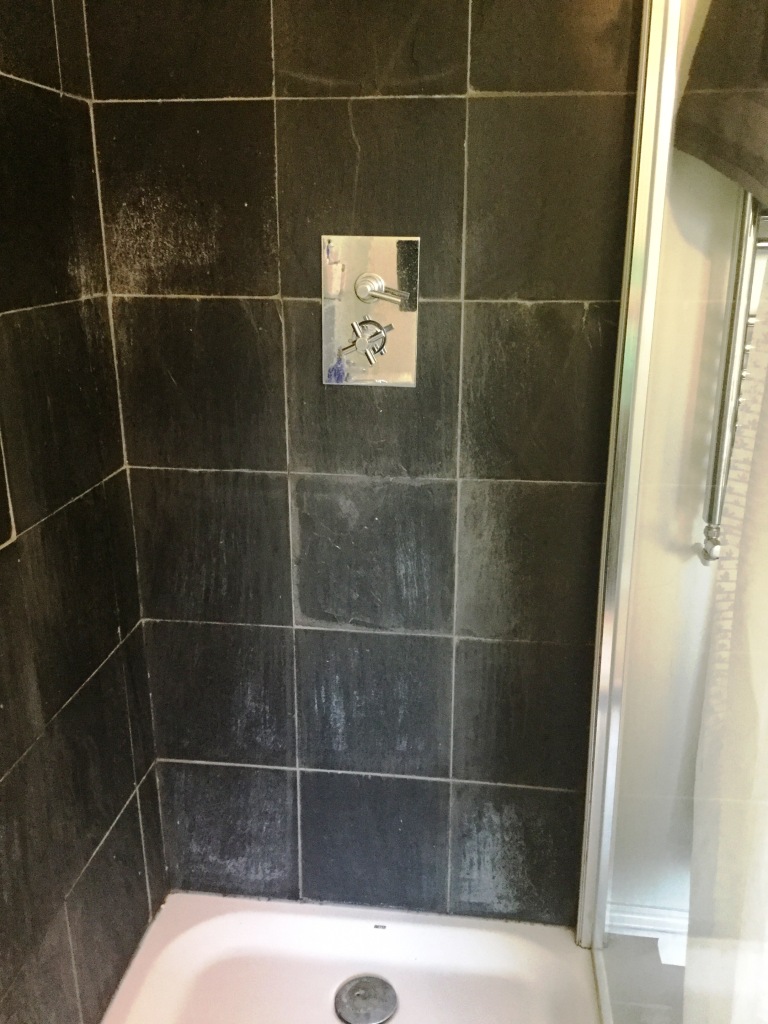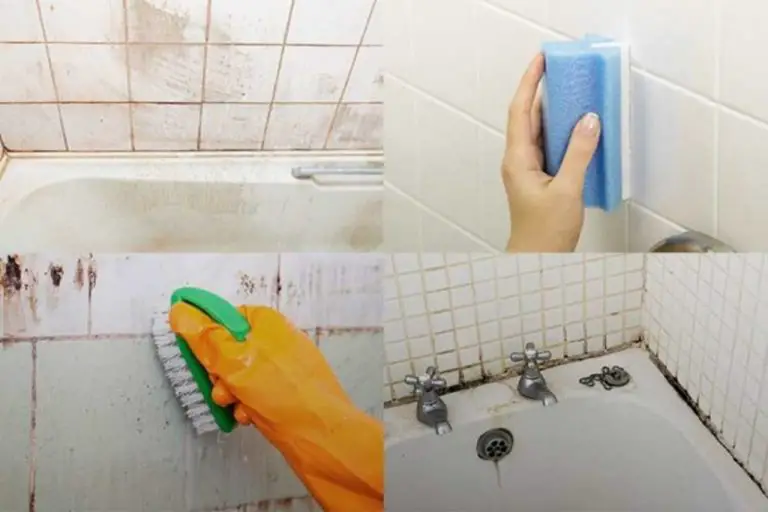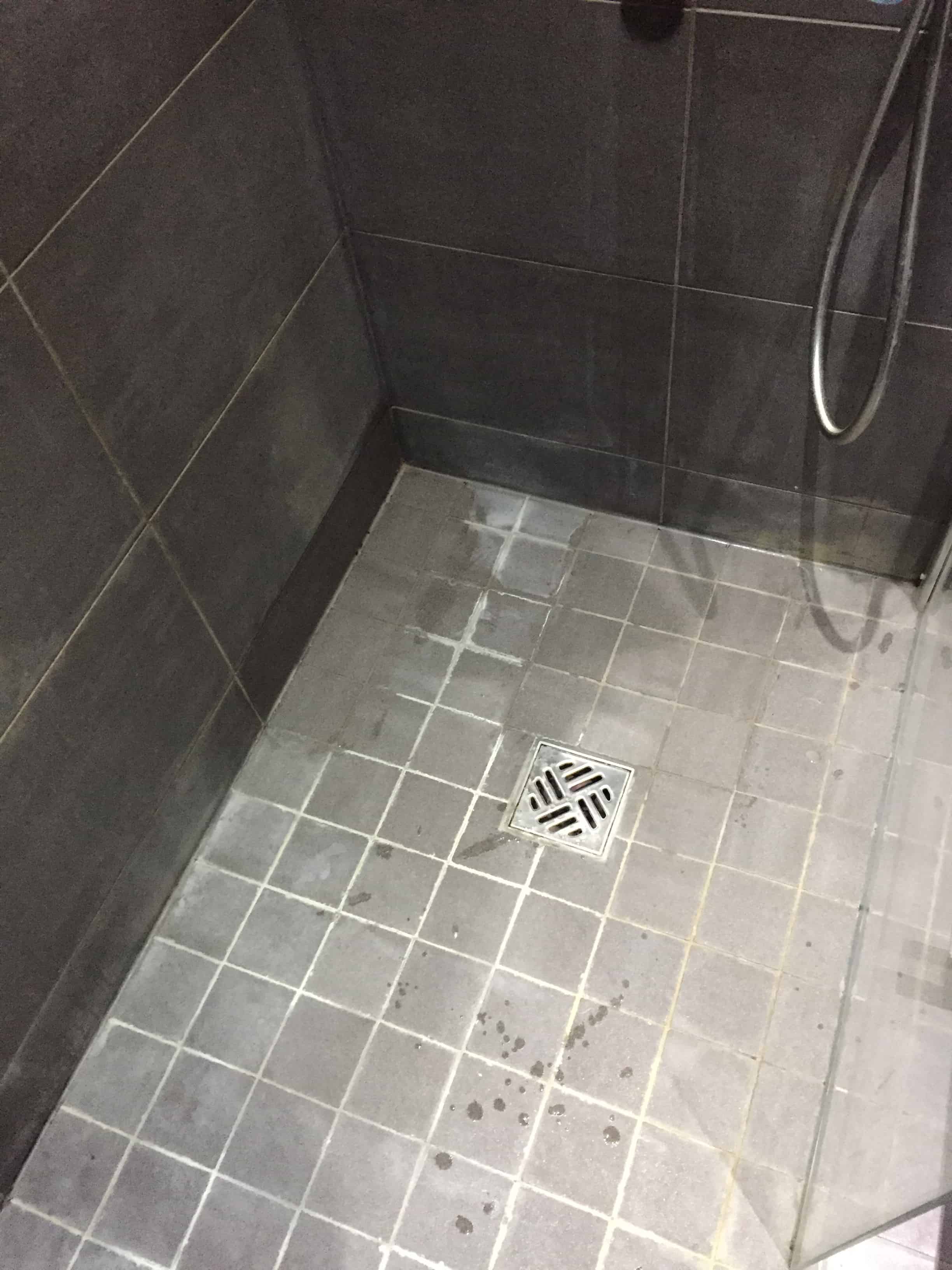Understanding Limescale: Causes and Effects on Bathroom Tiles
Limescale is a common problem that many homeowners face when it comes to bathroom maintenance. Understanding the causes and effects of limescale on bathroom tiles is essential in effectively dealing with this issue. Below are the underlying causes of limescale buildup and how it can affect your bathroom tiles.
Hard Water: The Culprit Behind Limescale: Hard water, which contains high concentrations of minerals such as calcium and magnesium, is the primary cause of limescale buildup on bathroom tiles. When hard water evaporates, it leaves behind mineral deposits that form a stubborn layer of limescale on the tiles.
Effects of Limescale on Bathroom Tiles: Limescale not only makes your bathroom tiles look unsightly, but it can also have detrimental effects on their longevity. The minerals in limescale can corrode the surface of the tiles, leading to dullness and even cracks over time. Additionally, limescale can clog showerheads and faucets, reducing water flow and affecting their functionality.
Impact on Cleaning Efforts: Limescale buildup on bathroom tiles can make regular cleaning a challenging task. The rough texture of limescale provides an ideal surface for dirt and grime to cling to, making it harder to achieve a sparkling clean bathroom. It is crucial to address limescale promptly to maintain the aesthetics and hygiene of your bathroom.

Essential Tools and Supplies for Effective Limescale Removal
When it comes to removing limescale from bathroom tiles, having the right tools and supplies is essential for achieving effective results. Let’s explore the must-have items that will make limescale removal a breeze.
- Vinegar: A Versatile Cleaning Agent: Vinegar is a natural and effective solution for limescale removal. Its acidic properties help dissolve and break down the mineral deposits on bathroom tiles. Mix equal parts of white vinegar and water in a spray bottle for an easy-to-use limescale remover.
- Baking Soda: A Gentle Abrasive: Baking soda is another powerful cleaning agent that can be used to tackle limescale on bathroom tiles. Its mild abrasive nature helps scrub away the stubborn buildup without causing any damage to the tile surface. Create a paste by mixing baking soda with water and applying it to the affected areas for effective results.
- Scrubbing Brushes: Get into the Grooves: Investing in a set of good-quality scrubbing brushes is essential for effectively removing limescale from bathroom tiles. Look for brushes with stiff bristles that can reach into the grout lines and crevices, ensuring a thorough clean.

Step-by-Step Guide to Removing Limescale from Bathroom Tiles
Removing limescale from bathroom tiles can be a daunting task, but with a step-by-step approach, it becomes much more manageable. Follow this guide on how to remove limescale effectively from your bathroom tiles.
Prepare Your Cleaning Solution: Start by preparing your preferred cleaning solution. One effective option is to mix equal parts of white vinegar and water in a spray bottle. Alternatively, you can create a paste using baking soda and water.
Apply the Cleaning Solution: Spray the vinegar solution or apply the baking soda paste directly onto the limescale-affected areas of the bathroom tiles. Ensure that the solution covers the entire surface of the limescale buildup.
Let it Sit: Allow the cleaning solution to sit on the limescale for at least 15-20 minutes. This gives the solution enough time to break down the mineral deposits.
Scrub the Tiles: Using a scrubbing brush or sponge, vigorously scrub the limescale-affected areas. Focus on applying pressure to remove the stubborn buildup. If needed, reapply the cleaning solution and continue scrubbing until the limescale is completely removed.
Rinse Thoroughly: Once the limescale has been successfully removed, rinse the bathroom tiles thoroughly with clean water. This will help remove any remaining cleaning solution or residue.
Dry and Polish: Lastly, dry the tiles with a clean towel or cloth. For added shine, you can polish the tiles using a microfiber cloth or a tile-specific polish. This will leave your bathroom tiles looking clean and limescale-free.
Natural Remedies for Eco-Friendly Limescale Removal
If you prefer to avoid harsh chemicals or want to adopt a more eco-friendly approach to limescale removal, natural remedies can be a great alternative. Let’s explore some effective natural remedies for removing limescale from bathroom tiles.
Lemon Juice: A Natural Acidic Cleaner: Lemon juice is a natural acidic cleaner that can help dissolve limescale on bathroom tiles. Squeeze fresh lemon juice onto the affected areas and let it sit for a few minutes. Then, scrub the tiles with a brush or sponge and rinse thoroughly.
White Vinegar and Baking Soda Paste: Create a paste by mixing equal parts of white vinegar and baking soda. Apply the paste onto the limescale buildup and let it sit for about 30 minutes. Scrub the tiles and rinse thoroughly to reveal clean and limescale-free surfaces.
Borax: A Multi-purpose Cleaner: Borax is a natural cleaning agent that can effectively remove limescale from bathroom tiles. Mix a small amount of borax with water to create a paste. Apply the paste onto the limescale-affected areas, scrub, and rinse thoroughly.
Preventing Limescale Build-Up
Prevention is always better than cure, and the same applies to limescale build-up on bathroom tiles. By adopting a few simple maintenance practices, you can keep limescale at bay and ensure the longevity of your bathroom tiles. Here are some valuable tips for preventing limescale build-up.
Regular Cleaning: Regular cleaning is crucial for preventing limescale build-up on bathroom tiles. Wipe down the tiles regularly with a mild cleaning solution to remove any mineral deposits before they accumulate and turn into limescale.
Squeegee After Showering: After each shower, use a squeegee to remove excess water from the tiles. This will help prevent water droplets from evaporating and leaving behind mineral deposits that contribute to limescale formation.
Ventilation is Key: Proper ventilation is essential in preventing limescale build-up in the bathroom. Ensure that there is adequate airflow by using exhaust fans or opening windows during and after showering. This will help reduce humidity levels and minimize the formation of limescale.
Water Softener: Consider installing a water softener to minimize the mineral content in your water supply. Water softeners work by removing calcium and magnesium ions, reducing the likelihood of limescale formation on your bathroom tiles.
Use Mild Cleaning Products: When cleaning your bathroom tiles, opt for mild cleaning products that are specifically designed for tile surfaces. Harsh chemicals can damage the tiles and strip away their protective coatings, making them more susceptible to limescale build-up.
Regular Maintenance Checks: Regularly inspect your bathroom tiles for any signs of limescale. Address any small build-ups promptly to prevent them from spreading and becoming more challenging to remove.
HOW TO CLEAN BATHROOM TILES AT HOME HOW TO CLEAN BATHROOM FLOOR AT HOME
how to remove limescale from bathroom tiles? Daily House Cleaning
How to Remove Hard Water Stains from the Bathroom Cleanipedia PH
Removing Hard Water Staining on Porcelain Shower Tiles in Cheshunt
Removing Limescale from Slate Shower Tiles in Oxshott
Related Posts:







